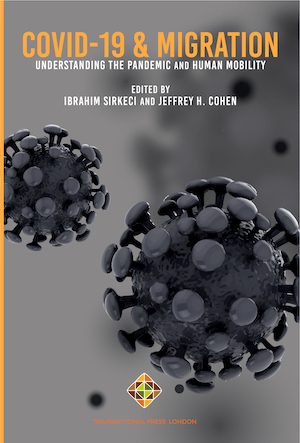The Study Of The Effects Of Mobility Trends On The Statistical Models Of The Covid-19 Virus Spreading
The Study Of The Effects Of Mobility Trends On The Statistical Models Of The Covid-19 Virus Spreading
Author(s): David Gondauri, Mikheil Batiashvili
Subject(s): Social Sciences, Psychology, Essay|Book Review |Scientific Life, General Reference Works, Geography, Regional studies, Sociology
Published by: Transnational Press London
Keywords: COVID-19; mobility trends; regression slope; pearson correlation
Summary/Abstract: The history of the Pandemics makes a significant impact on the memory and behavior of the affected communities. It is important to study the connection between human mobility and the spread of viral infection. Specifically, we aimed to investigate whether there was a correlation between Mobility Trends and the spread of Covid-19 virus. Thus, in the conclusion it should be noted that the intensity of pedestrians, traffic and transit traffic during the study period, on average, after 15-20 days, affected the spread of the virus. If there was a positive slope and correlation coefficient between the variables presented in the period 22.01.2020 - 11.03.2020 (before the announcement of the pandemic), in the period 12.03.2020 - 14.04.2020 (after the announcement of the pandemic) the slope and correlation coefficients received negative values between the study variables, which indicates That on average, after 15-20 days, Due to the intensity of the movement, the center of the virus spread is identified, and the intensity of the movement itself is decreased.
Book: COVID-19 and Migration: Understanding the Pandemic and Human Mobility
- Page Range: 47-54
- Page Count: 8
- Publication Year: 2020
- Language: English
- Content File-PDF

